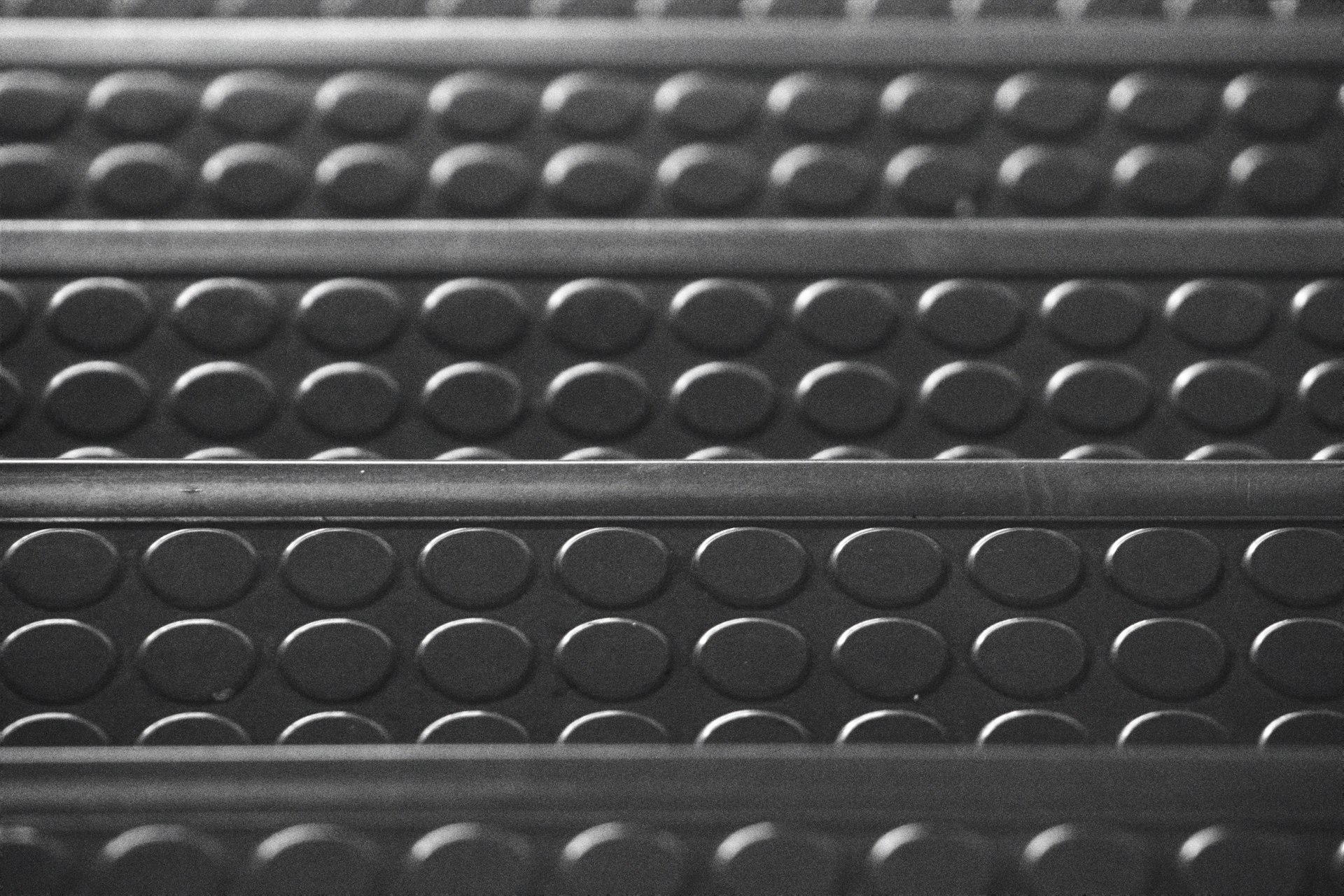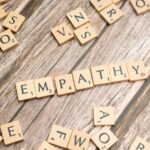Unlocking Well-Being: How Lifestyle Redesign Empowers Sustainable Change


Photo by Joshua Hoehne on Unsplash
Introduction: The Power of Intentional Change
Modern life often leaves individuals feeling overwhelmed, unbalanced, or stuck in routines that do not support their well-being. Lifestyle Redesign is a structured, evidence-based process that empowers people to consciously reshape their daily habits, routines, and priorities to enhance overall health and fulfillment [1] . Rooted in occupational therapy and behavioral science, this approach provides a roadmap for anyone seeking to achieve lasting, meaningful change-whether you want to prevent health issues, manage chronic conditions, or simply live a more purposeful life [3] .
What Is Lifestyle Redesign? Definitions and Origins
Lifestyle Redesign
is a client-centered intervention framework originating in occupational therapy. It guides individuals through self-examination, goal setting, and skill-building to orchestrate positive changes in daily life. The process is collaborative, involving both the individual and a trained professional (often an occupational therapist), and is grounded in the understanding that daily activities, or
occupations
, directly influence health, well-being, and satisfaction
[3]
.
While the concept was first developed to support people with chronic health conditions, research and practice now show that anyone can benefit from intentionally redesigning their lifestyle [1] . The approach is holistic-addressing physical, mental, and emotional health-and is highly personalized to fit each individual’s unique needs, preferences, and circumstances [2] .
Core Components of Lifestyle Redesign
Successful lifestyle redesign programs typically include several foundational elements:

Photo by Jarritos Mexican Soda on Unsplash
- Self-Assessment : Individuals begin by evaluating their current routines, habits, health status, and personal values. This thorough review uncovers strengths and areas for improvement [1] .
- Goal Setting : With support, participants identify meaningful, achievable goals. These targets serve as a compass for the redesign journey and ensure that changes are relevant and motivating [3] .
- Skill Building : Practical skills such as stress management, healthy meal planning, time management, and problem-solving are developed to support sustained change [2] .
- Problem-Solving : Individuals learn strategies for overcoming obstacles, adapting to setbacks, and staying motivated on their path toward healthier living [1] .
These elements are interwoven into a flexible, iterative process, allowing for adaptation as needs and circumstances evolve.
How Lifestyle Redesign Works: Step-by-Step Guidance
Embarking on a lifestyle redesign journey involves several key steps:
- Reflect and Assess : Begin by tracking your daily activities for a week. Note how much time you spend on work, rest, socializing, exercise, and leisure. Record your eating habits, sleep patterns, and moments of stress or satisfaction [4] .
- Identify Priorities : Consider which areas of your life feel most in need of change. Do you want to increase physical activity, improve nutrition, better manage stress, or create more time for hobbies?
- Set Specific, Achievable Goals : Transform priorities into concrete objectives (e.g., “walk 20 minutes after lunch on weekdays,” or “prepare home-cooked dinners three nights per week”) [1] .
- Develop New Skills : If you need support, seek out resources on stress reduction, meal planning, or time management. Occupational therapists and wellness coaches can provide personalized strategies [3] .
- Monitor Progress : Keep a journal or use a digital tracker to assess your consistency and reflect on successes and challenges.
- Adjust and Sustain : Regularly review your goals and strategies. Celebrate progress, and be willing to modify your approach as you learn what works best for you [1] .
This process is not one-size-fits-all. It is normal to experiment with different approaches and to seek outside support if needed. Many people benefit from working with a professional, such as an occupational therapist, who is trained in guiding lifestyle change [3] .
Benefits and Real-World Applications
Research shows that Lifestyle Redesign can lead to improvements in both physical and mental health, including increased energy, better stress management, reduced risk of chronic illness, and enhanced life satisfaction [5] . Examples include:
- Adults with chronic pain learning to balance activity and rest, resulting in reduced discomfort and improved function.
- Individuals with diabetes adopting more consistent meal planning and physical activity, leading to better blood sugar control.
- Professionals experiencing burnout restructuring their schedules to include meaningful leisure activities and regular self-care, reducing anxiety and increasing job satisfaction.
Lifestyle Redesign is also used preventively, helping healthy individuals maintain wellness by supporting positive routines and habits [3] . Its adaptability means it can be applied across the lifespan-from children building healthy habits, to older adults seeking to age well.
Challenges and Solutions in Lifestyle Redesign
Many people face obstacles in the process of changing established habits. Common challenges include lack of motivation, competing responsibilities, and setbacks after initial progress. Solutions include:
- Start Small : Focus on incremental changes rather than drastic overhauls. This reduces overwhelm and increases the likelihood of success [4] .
- Seek Support : Involve friends, family, or a professional to provide encouragement and accountability.
- Practice Self-Compassion : Accept that setbacks are normal and treat yourself with patience as you build new routines.
- Adjust Your Environment : Modify your surroundings to make healthy choices easier-such as setting out workout clothes or prepping healthy snacks in advance.
If you experience persistent difficulties or have complex health needs, consider consulting an occupational therapist or healthcare provider. To find a qualified professional, you can search the American Occupational Therapy Association (AOTA) directory or contact your local health system for referrals.
Alternative Approaches and Additional Resources
While Lifestyle Redesign offers a structured, evidence-based framework, related approaches include health coaching, cognitive-behavioral strategies, and wellness programs offered by community centers or employers. Some individuals may benefit from digital tools-such as habit-tracking apps or online support groups-to stay motivated and organized.
For additional support, consider:
- Contacting a local occupational therapy clinic for personalized guidance. Search for “occupational therapy services” in your area.
- Exploring reputable wellness resources from universities or nonprofit organizations. For example, the USC Chan Division of Occupational Science and Occupational Therapy offers detailed information on Lifestyle Redesign and access to research and practitioner directories [3] .
- Looking for community workshops or classes on stress management, nutrition, or physical activity through your local health department or community center.
Getting Started: Step-by-Step Implementation
To begin your Lifestyle Redesign journey:
- Reflect on your current routines and identify areas for improvement.
- Research local resources, such as occupational therapists or wellness programs, using search terms like “lifestyle redesign occupational therapy” and “wellness coaching in [your city].”
- Set up an initial consultation with a professional if you want expert support. You can contact your primary care provider for a referral or search the AOTA directory.
- Start small with one or two specific changes, and use a journal or app to track your progress.
- Review and adapt your plan regularly. Celebrate your achievements and adjust as needed.
If you are unsure where to start, consider reaching out to a local occupational therapy provider or searching for “Lifestyle Redesign programs” offered by universities or health systems in your region.
Conclusion: A Personalized Path to Better Living
Lifestyle Redesign is a proven, flexible approach for anyone seeking to improve their health, prevent disease, or simply live with greater intention and satisfaction. By focusing on small, sustainable changes and leveraging professional support when needed, you can create a balanced, fulfilling lifestyle tailored to your unique needs.
References
- [1] Sustainability Directory (2024). Lifestyle Redesign: Fundamentals and Core Components.
- [2] The Neurodivergent Collective (2023). The Therapeutic Power of Lifestyle Design in Occupational Therapy.
- [3] USC Chan Division of Occupational Science and Occupational Therapy (2024). About Lifestyle Redesign.
- [4] Focuskeeper (2024). What is lifestyle redesign?
- [5] National Institutes of Health (2018). Understanding the Mechanisms of Change in a Lifestyle Intervention.






